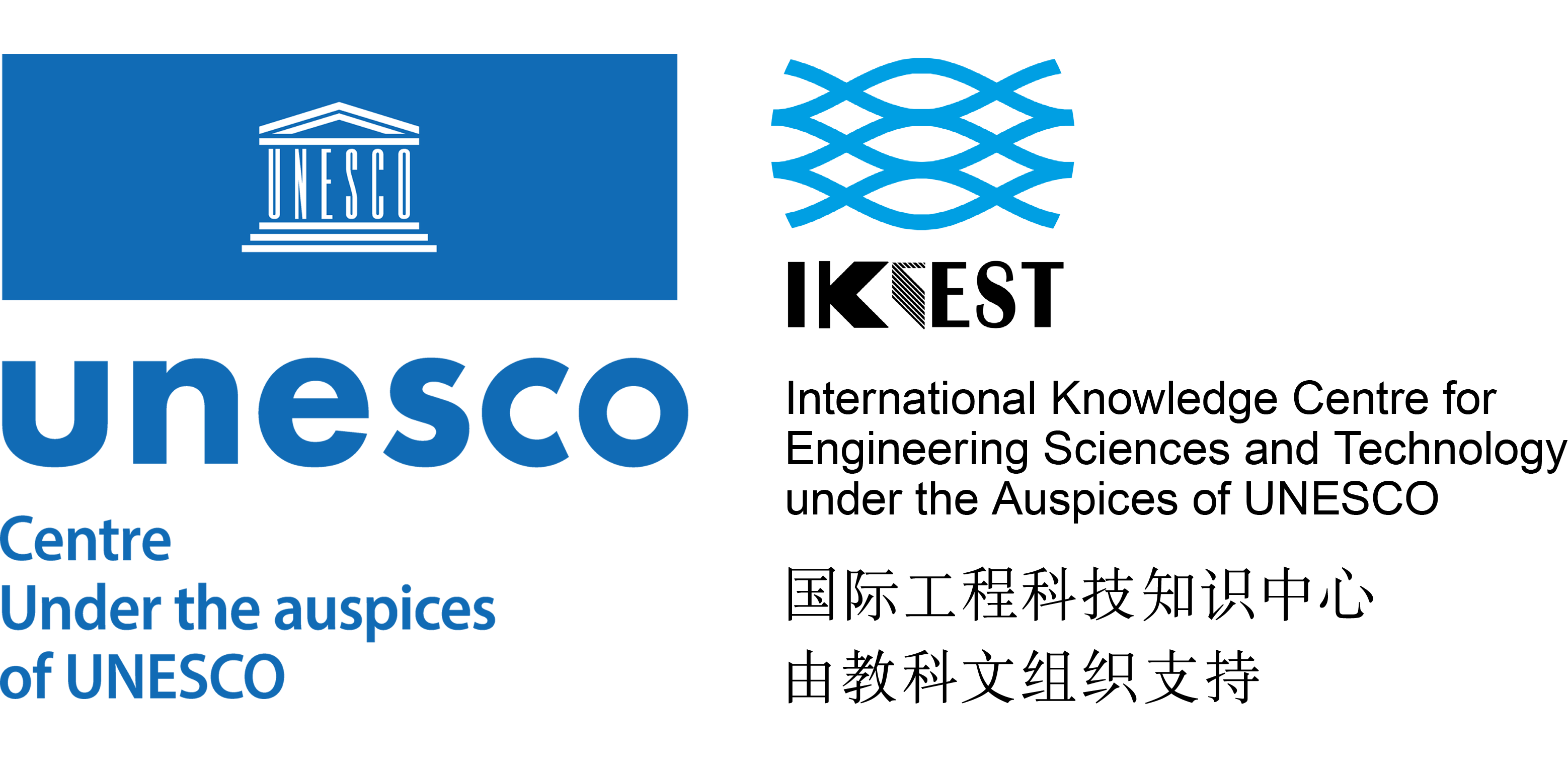Welcome to the IKCEST
 Sign up
Sign in
Notification
Sign up
Sign in
Notification
English
 English
English
 中文
中文
 русск
русск
 français
français
 español
español
 العربية
العربية
Old Version
Old Version
English
中文
русск
français
español
العربية
Language
We detect your regional language is French. Do you want to change site's language to French? You may choose other languages.International
 English
English
 中文
中文
 русск
русск
 français
français
 español
español
 العربية
العربية
No
Change
Mobile
Scan this QR code on your phone to browse IKCEST

Become author
- Home
- Symposiums
- The 5th GIS Software Technology Conference
- Webinar on Society 5.0
- IKCEST holds the 8th International Disaster Prevention and Reduction Knowledge Service Seminar
- The 9th International Disaster Prevention and Reduction Knowledge Service Seminar
- The 2022 Newmark Distinguished Lecture
- IKCEST International Symposium 2019
- IKCEST International Symposium 2018
- IKCEST International Symposium 2017
- IKCEST International Symposium 2016
- IKCEST International Symposium 2015
- China-Ukraine Workshop on Resources Classification: Status, Mapping and Application
- UNESCO Science Centres Coordination Meeting
- All Symposium
- Training Workshops
- The 2019 International Workshop of IKCEST Intelligent City Knowledge Service held in Shanghai
- International Training Workshop on Disaster Risk Reduction Knowledge Service in China-Pakistan Economic Corridor
- IKCEST and ISTIC jointly held the Online Training Workshop on Big Data
- TRAINING OF TRAINERS on Data Stewardship for Open Science 2021
- IKCEST-DRR Team Successfully Held the International Training Workshop
- The Belt and Road Initiative International Training Course on Resources, Environment, Scientific Data Sharing and Disaster Prevention and Reduction Knowledge Services
- Program of the Training Workshop On Resource & Environment Scientific Data Sharing and Disaster Emergency Response along CPEC
- International Training Workshop on Big Data for Developing Countries 2019
- The International Training on Resource & Environment Scientific Data Sharing along the “Belt and Road”
- IKCEST - ISTIC 2018 Big Data Training Workshop
- 2019 IKCEST & ICEE International Engineering Education Training Workshop held successfully at Tsinghua University
- The International Training Workshop on Resource & Environment Scientific Data Sharing and Disaster Risk Reduction Knowledge Service
- All Training Workshops
- Competitions
- The 7th IKCEST The Belt and Road International Big Data Competition
- The 6th IKCEST The Belt and Road International Big Data Competition
- The 5th IKCEST The Belt and Road International Big Data Competition
- The 4th IKCEST The Belt and Road International Big Data Competition
- The 3rd IKCEST The Belt and Road International Big Data Competition
- Datasets
- Knowledge Apps
- Knowledge Services
- Videos
- Newsletters
- About IKCEST
View reply
Prompt
Report
Select your report category *
Reason *
By pressing send, your feedback will be used to improve IKCEST. Your privacy will be protected.
Submit
Cancel


Your level privilege is in sufficient. You can go to the “User Center” to view your level information and perform points tasks to upgrade your level.
New sign-in location:
Last sign-in location:
Last sign-in date:

About to jump to an external site.
Security unknown, whether to continue
Click here to switch to translation software
Click here to switch translation language

 User Center
User Center My Training Class
My Training Class Feedback
Feedback


